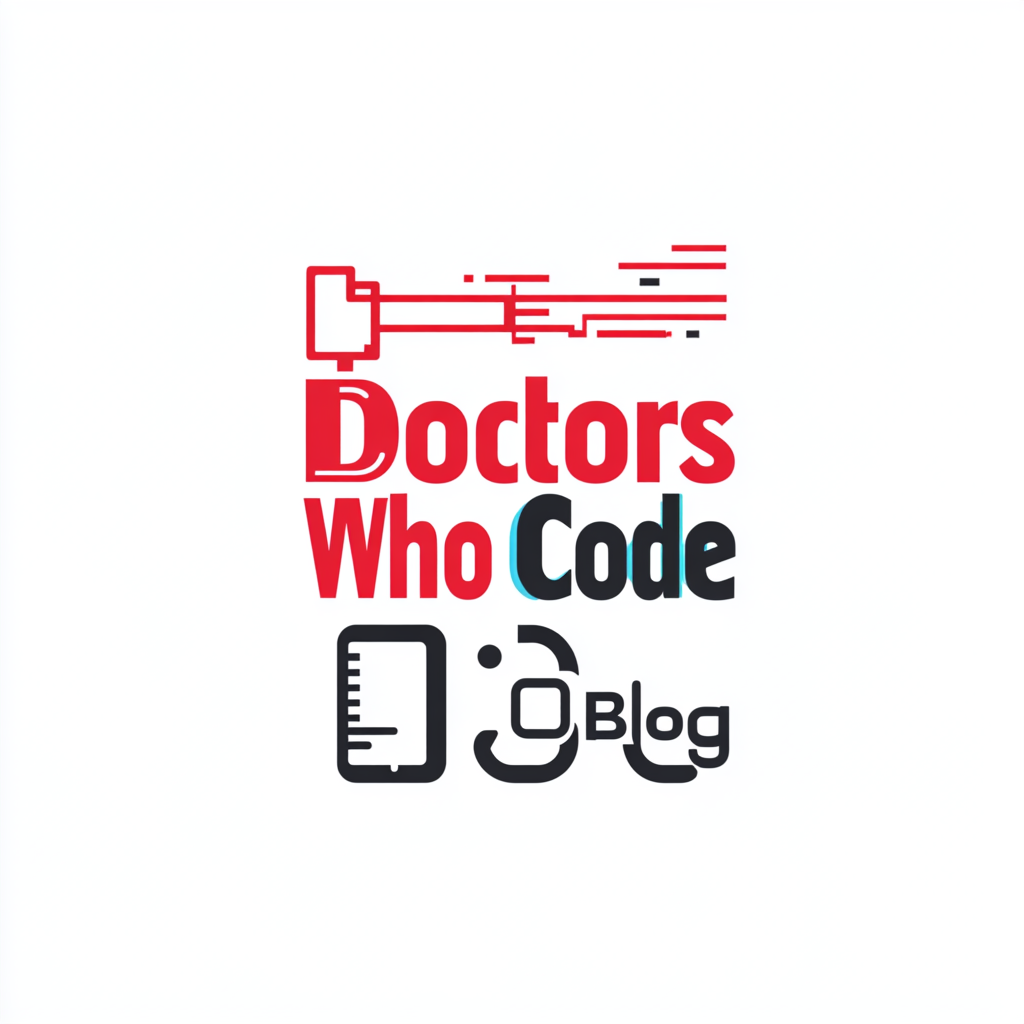The concept of Digital Twins is transforming healthcare by creating a revolutionary pathway toward personalized and precision medicine. For physicians intrigued by cutting-edge technologies, the use of digital twins in metabolic health offers an exciting frontier. Let’s delve into the impact of this innovation, with a particular focus on Twin Health’s Whole Body Digital Twin™ technology.

What is a Digital Twin in Healthcare?
In essence, a digital twin is a virtual model of a real-world system. In healthcare, digital twins use artificial intelligence (AI) and machine learning (ML) to simulate an individual’s unique biological processes. These simulations are built using real-time data from wearable sensors, lab tests, and patient-reported inputs. This dynamic model provides actionable insights into a patient’s metabolism, offering precise and timely recommendations for nutrition, exercise, sleep, and stress management.
Twin Health: A Trailblazer in Digital Twin Technology
Twin Health has pioneered the application of digital twins in chronic disease management, particularly metabolic disorders such as type 2 diabetes. Their Whole Body Digital Twin™ technology provides clinicians and patients with a detailed roadmap to improve health outcomes. Here’s how it works:
1. Data-Driven Precision:
– Combines insights from wearables, lab results, and lifestyle patterns to create an individualized metabolic model.
– Tracks real-time responses to dietary, physical, and pharmacological interventions.
2. Behavioral Adjustments:
– Offers small, personalized lifestyle changes that yield significant results, such as weight loss, improved glycemic control, and enhanced energy.
3. Medication Reduction:
– Addresses root causes of metabolic dysfunction, reducing or even eliminating reliance on costly medications like insulin and GLP-1s.
Key Achievements of Digital Twin Technology
Clinical studies highlight the potential of Twin Health’s solutions:
– Glycemic Control: A 2.9% reduction in HbA1c was achieved in one of the first randomized controlled trials (RCT) on digital twin technology.
– Weight Loss: Participants lost an average of 16.3 pounds, with 73.8% achieving significant weight loss milestones.
– Medication Elimination: Up to 94% of type 2 diabetes medications were eliminated in intervention groups.
– Metabolic Health: Improved outcomes for conditions like non-alcoholic fatty liver disease (NAFLD) and reduced cardiovascular risks.
The Physician’s Perspective: Why Digital Twins Matter
As chronic diseases like diabetes and obesity continue to surge, healthcare providers face challenges in offering personalized and sustainable care. Digital twins offer several advantages:
1. Precision Medicine: They enable treatments tailored to an individual’s unique physiology rather than relying on generalized protocols.
2. Patient Empowerment: Real-time data visualization fosters patient engagement and adherence to lifestyle changes.
3. Cost-Effectiveness: By reducing dependency on medications, digital twins help lower long-term healthcare costs.
The Future of Digital Twins in Medicine
Digital twin technology is poised to redefine healthcare by bridging the gap between preventive care and personalized medicine. Its potential extends beyond metabolic health to areas such as cardiology, oncology, and mental health. For physicians, integrating digital twins into clinical practice means staying at the forefront of innovation while significantly enhancing patient outcomes.
Conclusion: Harnessing the Power of Digital Twins
The use of Whole Body Digital Twin™ technology offers a glimpse into the future of healthcare—a future where precision, prevention, and patient empowerment drive the agenda. As a physician, exploring digital twin solutions like Twin Health’s can open doors to new ways of thinking about chronic disease management and patient care.
Join the Revolution
Discover more about how digital twins can transform your practice and improve your patients’ lives by visiting Twin Health. Together, we can lead the charge in redefining health outcomes for the 21st century.

